Savage Arms Impulse KLYM 7mm PRC Bolt Action Rifle – High-Performance Precision in Tactical Black/Gray – 58106 For Sale
$2,799.99
The Savage Arms Impulse KLYM 7mm PRC Bolt Action Rifle (Model 58106) is a cutting-edge, high-performance firearm designed for exceptional speed, accuracy, and reliability, tailored for hunters and shooters. Finished in tactical black and gray, the rifle features a unique Proof Research carbon fiber wrapped stainless steel barrel, offering remarkable strength and lightweight agility, ideal for high-altitude and extended big game hunting. Its FBT carbon fiber stock further contributes to its lightweight durability, ensuring easy navigation through challenging terrains. Central to its innovation is pioneering technology that enhances accuracy and safety, with a distinctive straight pull action for quick follow-up shots, vital for maintaining target focus in high-pressure hunting situations. The Impulse KLYM epitomizes advanced engineering and unrivaled performance, heralding a new era of hunting excellence.
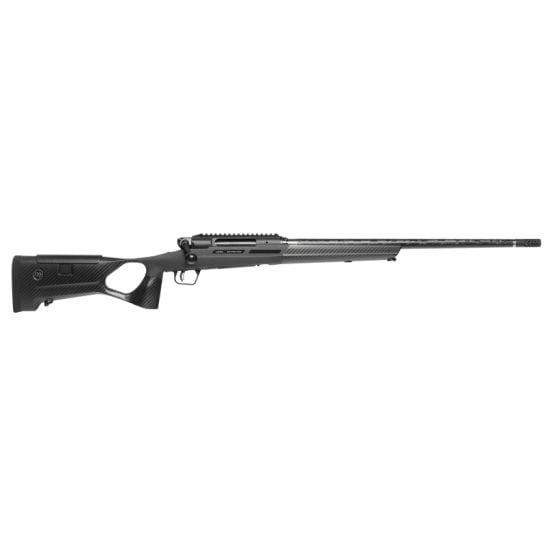
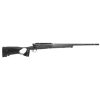
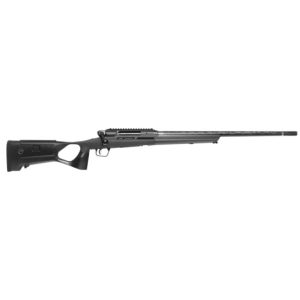
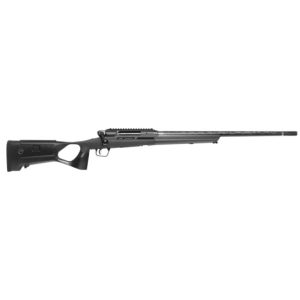
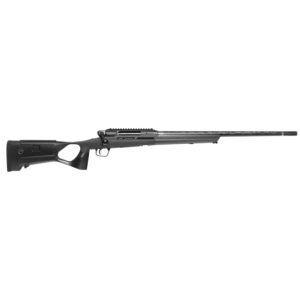
Reviews
There are no reviews yet.